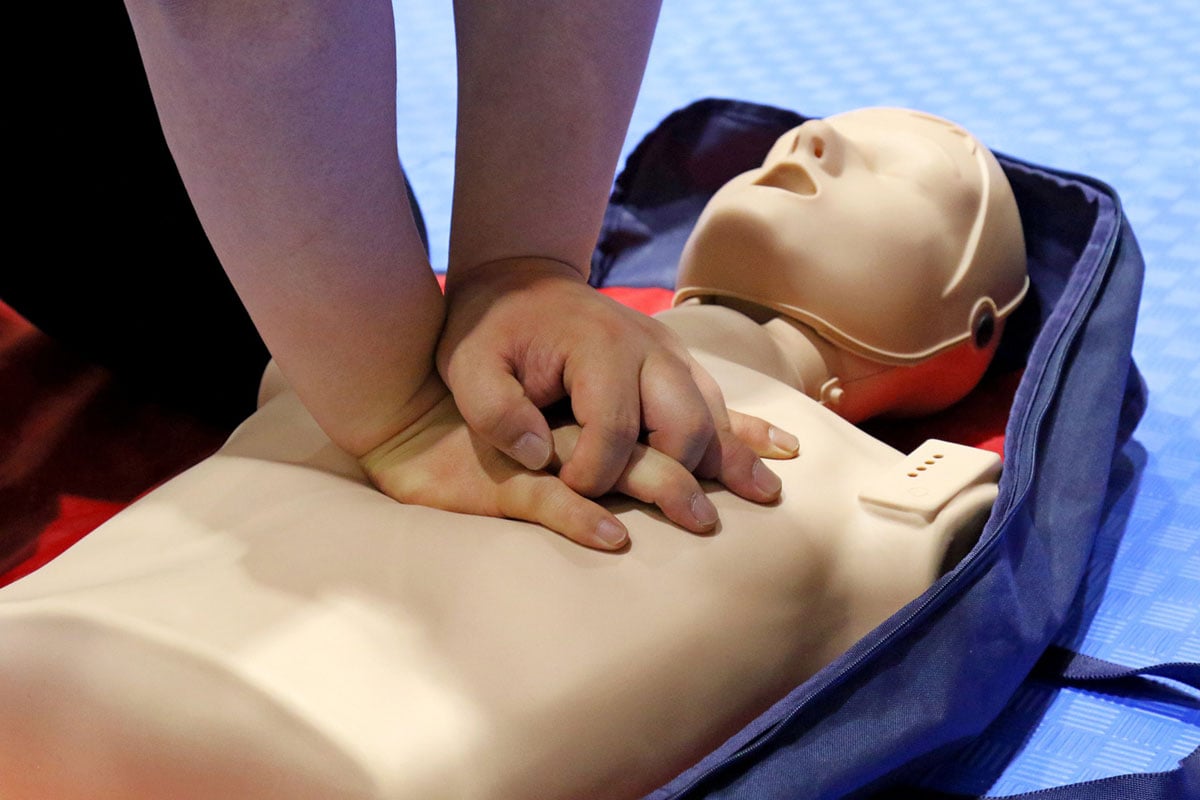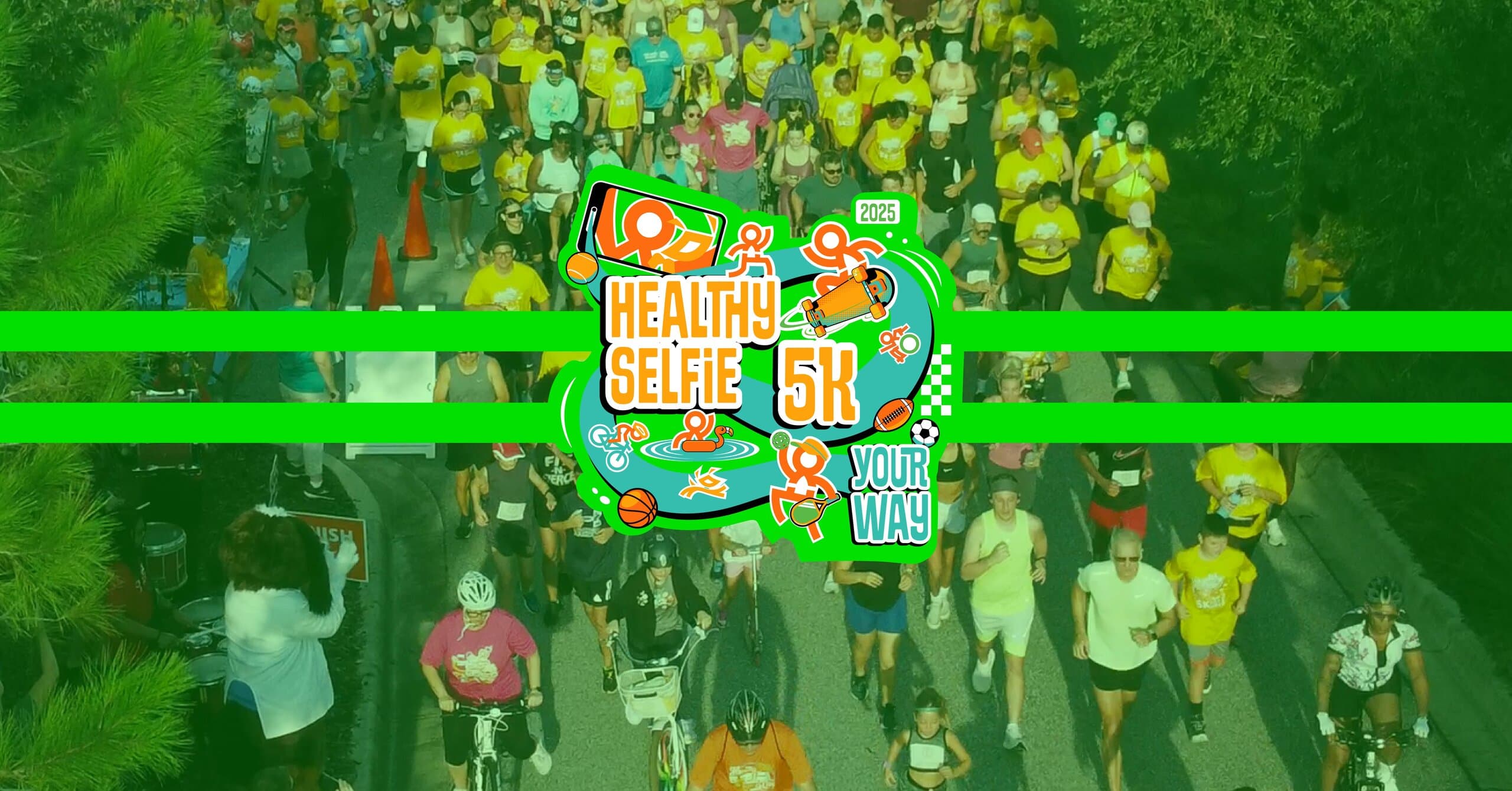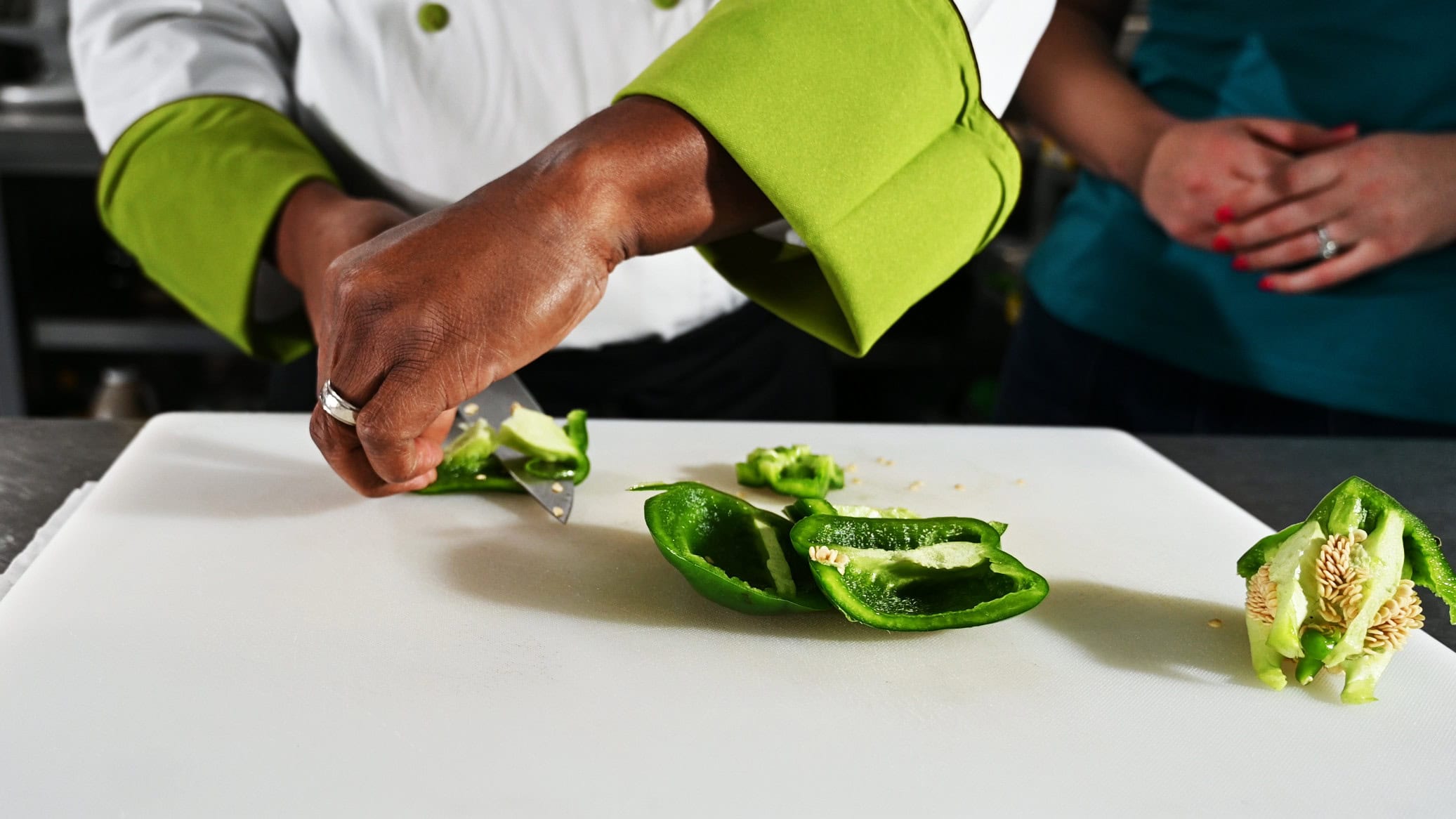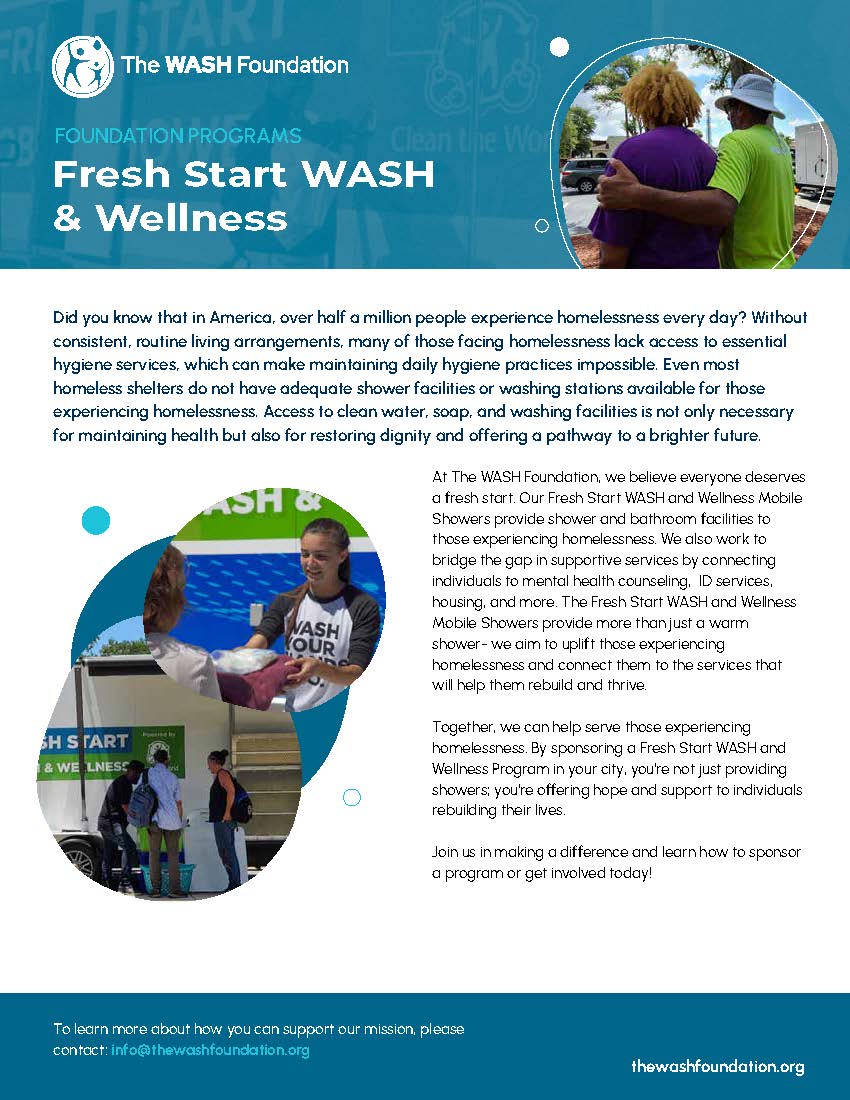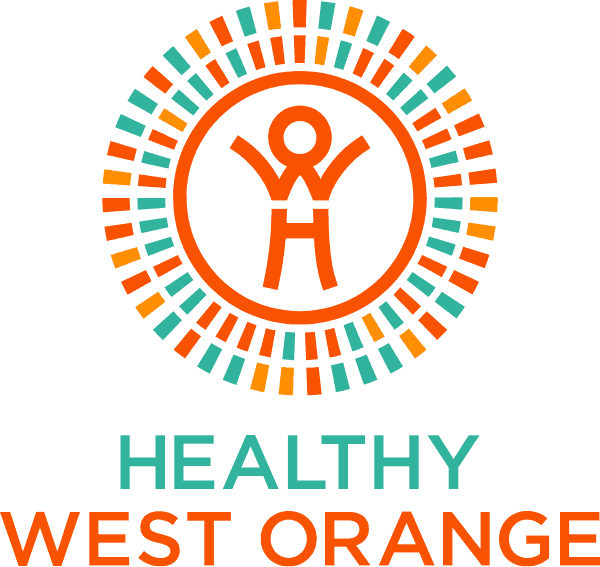CPR: Save a Life!
Meet Dana Perdigon! Dana is a Registered Nurse, Lead Instructor/Director of an American Heart Association Training Site in Winter Garden; HeartCore Medical Training, and West Orange local. HeartCore Medical Training provides courses for CPR, including BLS, ACLS, PALS and HeartSaver CPR.
CPR Tips
So, who should be educated in CPR (cardiopulmonary resuscitation)? Everyone! While Dana does facilitate courses for medical professionals who are required to be CPR certified, like first responders and nurses, she stresses that anyone and everyone can be certified and learn life-saving techniques! These guidelines can be especially beneficial for teachers, daycare staff members, new parents and grandparents, fitness instructors, caregivers, and community members who frequent the West Orange Trail for exercise, for example. You never know when you’ll come across an emergency where you can jump in and help!
Take a moment to read over these basic CPR guidelines. Please note that if you have been certified or educated before, that CPR guidelines have changed in the past several years. It is important to stay up to date!
*** Disclaimer: These tips are portions of the courses, not to replace a full course certification. For more information on getting CPR certification and hands-on courses, please visit www.heartcoremedicaltraining.com or email Dana at dana@heartcoremedicaltraining.com.
When and How to Begin CPR:
- Ensure the victim is not breathing, has no pulse or is only gasping.
- Shout for help!
- Call for 9-1-1 and get and AED and in 5-10 seconds begin compressions.
- Limit time off the chest by performing 100-120 compressions per minute (you can do compressions to the beat of the songs “Stayin’ Alive” or “Baby Shark” to keep proper rhythm!).
- Compress 2 inches down on the chest, allow chest to recoil.
- 2 minutes of CPR with hands only CPR is effective until Advanced providers arrive.
- Check pulse and breathing at about 2 minutes, if there is still no pulse and no breathing resume CPR with chest compressions.
For more information, check out this CPR summary sheet.
Infants – Choking Relief
- First be sure to check the mouth for an airway obstruction if the infant or child can’t breathe or can’t make any noise.
- Severe choking relief in an infant will be 5 back slaps, rotate and 5 chest thrusts.
- This is done until the object is dislodged.
Infant CPR
Infant CPR has some differences with hand placement in order to be effective:
- 2 fingers in the center of the infant’s chest or the 2-thumb encircling technique.
- Compressions at a rate of 100-120 per minute.
- Compress at 1.5 inches approximate depth, allow chest to recoil.
- Continue until Advanced providers arrive.
What is an AED?
AED stands for Automatic External Defibrillator. Use it as soon as it’s available! A defibrillator can help restore a lethal cardiac rhythm if used with effective compressions. Please do not be scared to use it, it can be used by anyone! It can be found in places like stores, airports, hotels, and public places that have the AED will display a sticker or sign.
How does it work? It’s simple!
- Begin compressions while another person retrieves the AED
- Turn on the AED
- Follow the audio prompts and diagrams
Stroke – Think FAST
A stroke is a brain attack, or clot in the brain. Anyone can do a quick, effective assessment if you feel the person is experiencing the symptoms of a stroke. This can be done anywhere in 4 simple steps:
Think FAST
Facial Droop- tell the person to smile.
Arm Drift- standing up, hold arms out palms up in front of you.
Speech abnormality or slurred speech- tell the person to repeat “The sky is blue.”
Time to call 911 and time to get treatment if there is an abnormal result or new symptom.
Did you know?
- Women suffering from cardiac arrest die outside the hospital more often than men. This is because of the fear of having a bare chest while using an AED or performing CPR.
- Please ensure that any victim of cardiac arrest or is not responsive, no matter the gender, receives CPR. This can help double or triple the victim’s chance of survival.
- Compressions and immediate use of an AED are two of the most crucial life saving measures if the arrest happens out of a hospital scene.
- Children and infants may be more prone to be in a respiratory arrest, so it is important to learn the skills of choking relief and CPR for this age group.
How to use NARCAN
For more information on getting CPR certification and hands-on courses, please visit www.heartcoremedicaltraining.com or email Dana at dana@heartcoremedicaltraining.com.

Dana Perdigon, RN
ACLS | BLS | PALS | HeartSaver – CPR / AED – First AID
Owner/Instructor #04180677860
HeartCore Medical Training
American Heart Association Authorized Training Site

